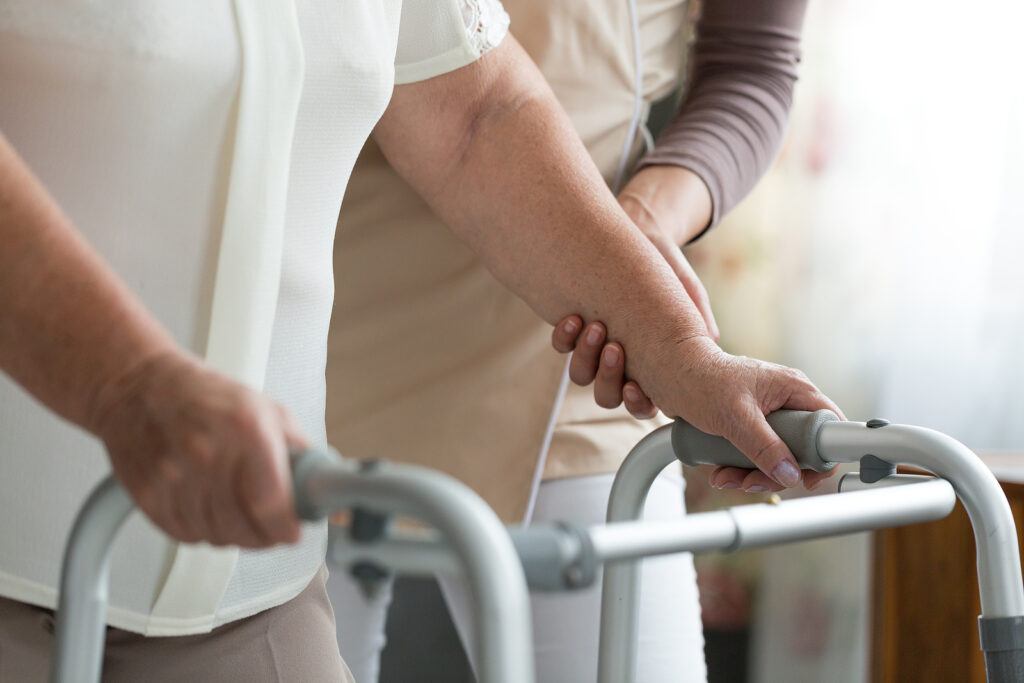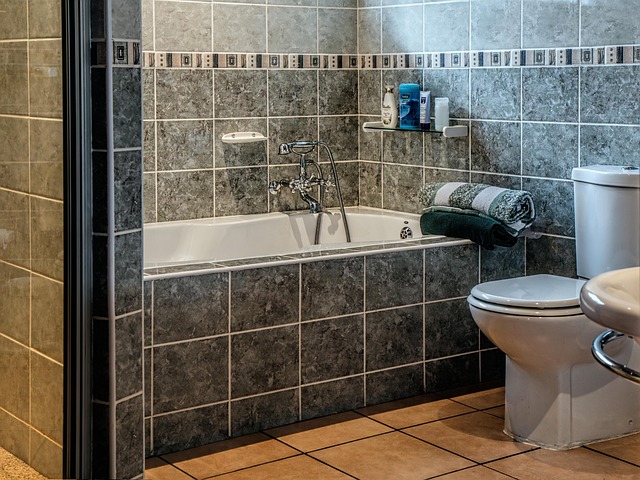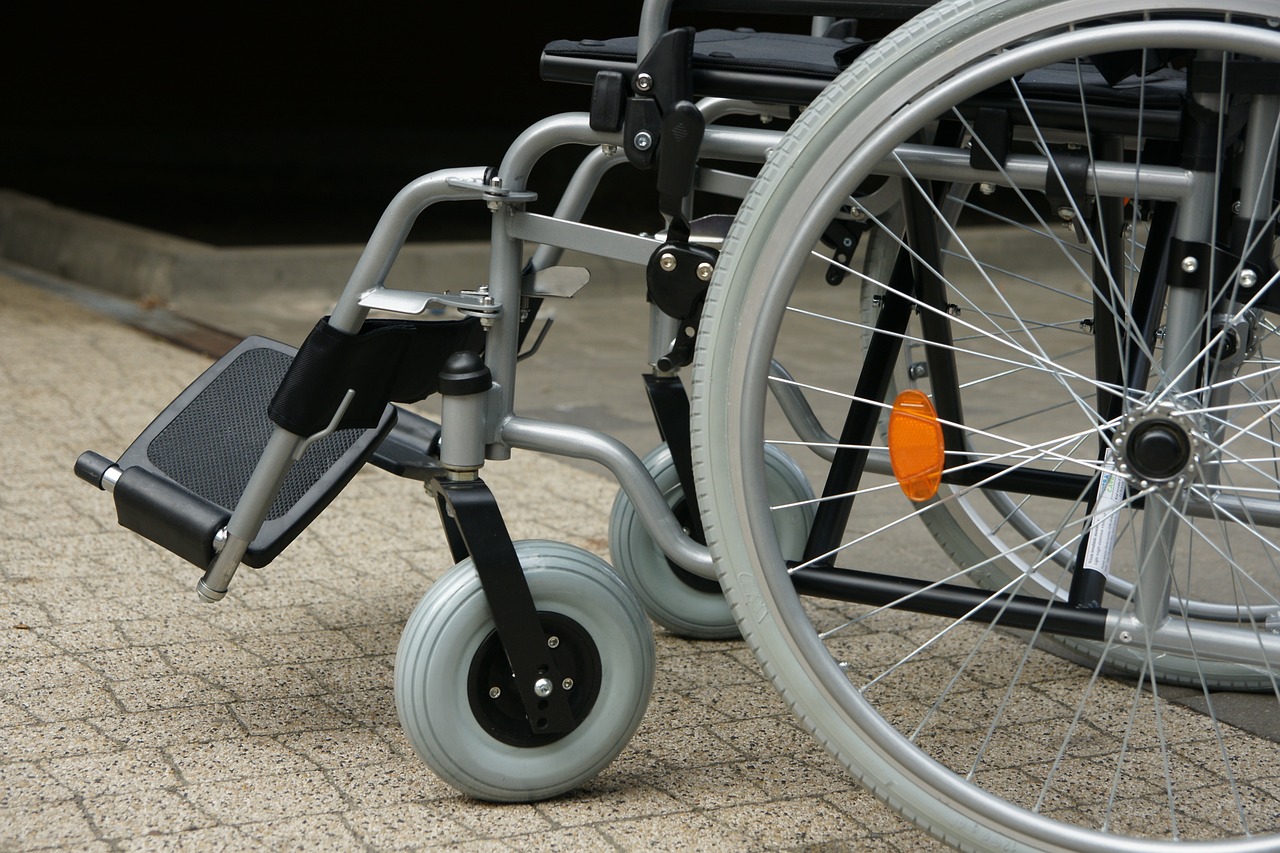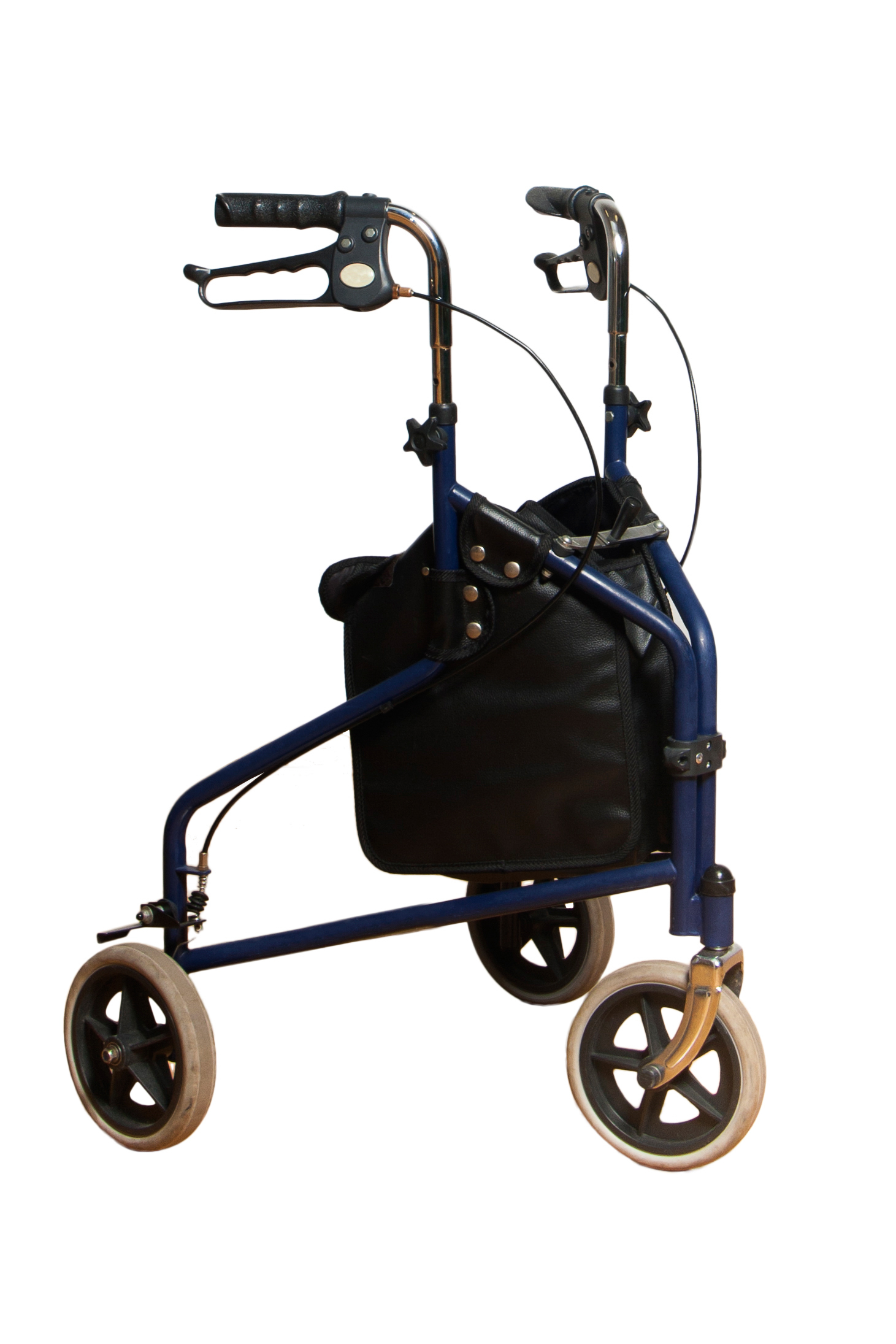Using a walker might seem straightforward, but there’s a little more to it than meets the eye.
And knowing how to use it correctly isn’t just about comfort; it’s about preventing serious injury.
The last thing you want is to worsen your mobility issues because of mistakes that can be easily avoided.
When used correctly, a walker can help maintain balance and provide the support needed to move around confidently.
Using a walker incorrectly can easily lead to falls or other injuries, making it vital to respect the guidelines for using these devices.
Fortunately, using a walker correctly isn’t that complicated, as long as you keep a few things in mind while walking.
In this article, we’ll go over the common mistakes seniors often make when using their walkers. After reading, you’ll be ready to use your walker the right way.
1. Height Adjusted Too High
The first key to using a walker correctly is adjusting it to the correct height – and I see folks using walkers that are way too high all the time.
You might think that having the handles set higher helps you maintain an upright posture, but what it really does is end up putting more stress on your shoulders.
When the handles are too high, your shoulders blades inevitably end up shrugging up toward your ears, which over time can lead to the muscles around your shoulders and neck tightening up and becoming painful.
An easy way to check for proper height is to relax your arms by your side while standing inside the walker and seeing where your wrist hits the handles.
For a proper fit, the handles should hit right around the crease of your wrist (or just a little bit above).
This means when you grab the handles, you should have just a little bit of bend in your elbows (no more than 15 degrees).

2. Pushing Walker Too Far Ahead
Maybe I should’ve listed this point in the #1 spot because this is likely the most common mistake folks make with walkers, but oh well.
Regardless, the most important nugget of advice I can give to seniors is to keep your walkers close to you when walking.
Not only does this promote proper upright posture, but it also makes you walker more stable.
If the worst case scenario happens and you start to lose your balance while walking, if your walker is way out in front of you, it’s going to be harder to use it to correct yourself.
But how close is close enough??
Try to keep your body inside the boundaries of the handlebars and you know you’re close enough.
Yes, you have to give yourself room to extend each leg out while walking, so you don’t want to be completely up on the horizontal cross bar in the front.
But the back legs of the walker should more or less be in line with your hips while walking – and this includes turning and changing directions.
3. Not Keeping Pathways Clear
This is another big no-no.
Regardless of whether you’re using a walker or not, it’s important to keep your walking pathways clear of obstacles and debris.
We’re talking throw rugs, stacks of magazines, clothes, and any other pile of items that might accumulate on your floor.
Your floor needs ample room for you to fit the walker through without having to step over or maneuver around an obstacle course.
If necessary, get a family member or caregiver to help clear pathways to make sure you have plenty of room to fit your walker through safely.
And yes, this includes doorways!
I know it can be a hassle, but if you have to move a dresser or other piece of furniture to ensure safe access to a bedroom, it’s worth it.
The the last thing we want are falls.
This fellow PT has a great video talking about proper posture while walking with a walker.
4. Parking The Walker
As a home health therapist, I find myself telling my patients to stop “parking their walkers” all the time.
When I say “parking”, I’m talking about putting your walker in an out of the way location and then walking back to your seat unsupported.
Even if it’s only a few feet, this is a bad idea.
Most seniors that are using a walker are doing so because they need a little support while walking – and in these cases, falls can happen with only a few feet of walking.
It doesn’t take much.
To reduce your fall risk when walking to a chair, walk all the way to your seat while using your walker, turn, and back up to your seat until you feel your legs touch the surface.
Reach back with one hand to hold the arm rest and then gently sit down.
Once seated, you or a family member can move the walker to the side to get it out of the way.
5. Gripping Handles Too Tightly
This mistake isn’t quite as serious as some of the others mentioned above, but it’s still a good one to try and avoid.
A see folks holding on to their walker handles with the death grip all the time.
Not only does this make using the walker more tiring, but it also puts unnecessary strain on your forearms, which can lead to issues like tennis elbow or golfers elbow.
The goal is to keep a light, relaxed grip on the handles and gently glide your walker in front of you as you walk.
And again, don’t put too much weight through your arms either – keep those shoulders low and relaxed!
Final Thoughts
Be honest, how many of the above mistakes do you (or a senior in your life) make on a daily basis?
If it’s several of ’em, don’t worry, there is hope.
The key to using a walker correctly is really keeping a close eye on your posture.
If you think about the points mentioned above, most of them can be corrected by maintaining good, upright posture.
If your posture is good, you’re going to be keeping the walker nice and close, while maintaining relaxed shoulders and a light grip.
Now keeping your walking pathways clear and not parking your walker require a little extra planning and effort, but these are very doable.
I didn’t mention it above, but it’s also important to be careful when transitioning from one surface to another (hardwood to carpet for example) and to always keep an eye out for throw rugs and other obstacles that can trip you up.
Again, falls are the last thing we want.
Well, that about does it.
I hope you found this helpful and if you have any questions or comments, leave ’em below and I’ll get back to you shortly.




When I walk with Walker it’s like I turned my hole body when making a turn is that norma
Yeah, your whole body should stay close to the walker (inside the handles) as you walk, so you should try to maintain this positioning as you turn and change positions. Hope that helps and thanks for reading.
Thank you for the advice.
My pleasure, I hope you found this info helpful.